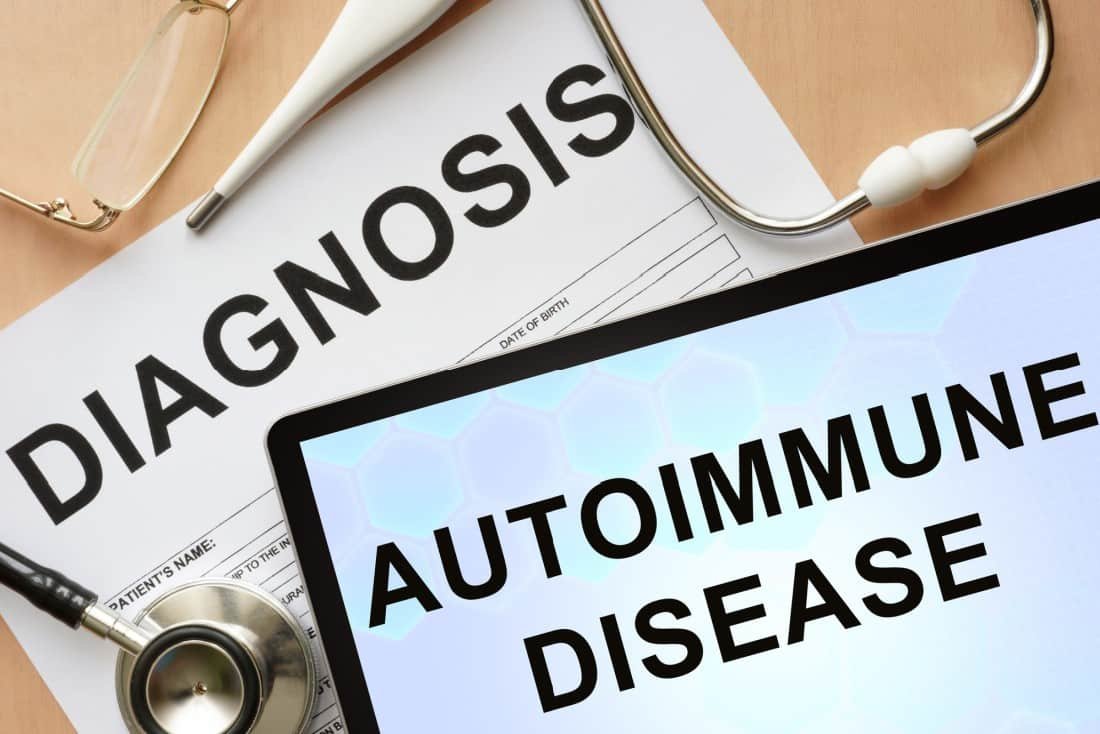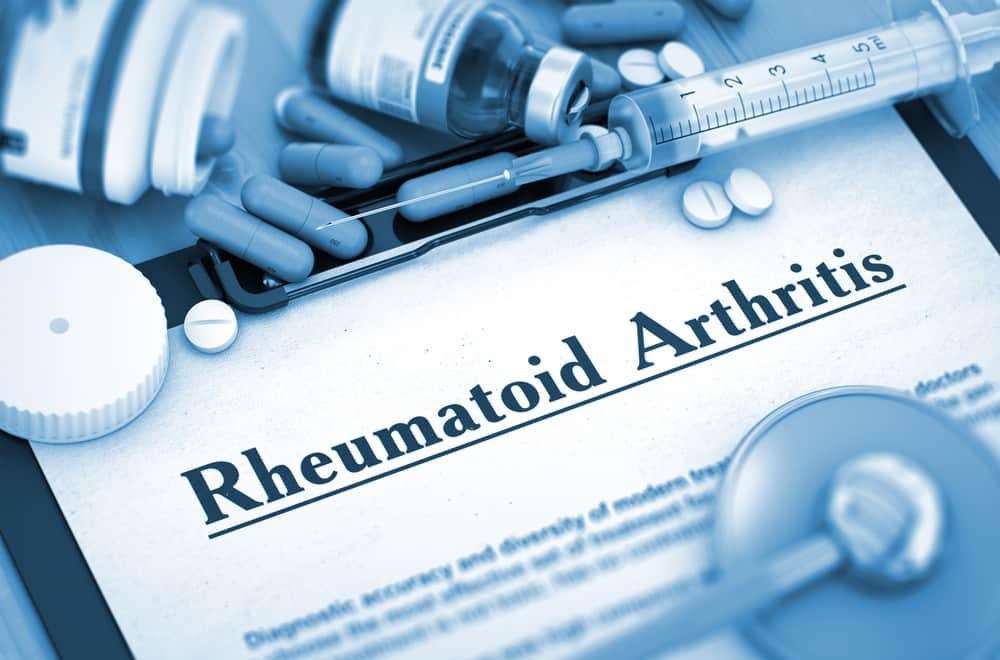Mixed Connective Tissue Disease (Symptoms and Causes)
Anxiety and fear are common reactions to finding out that one or more of your bodily functions are abnormal due to Mixed Connective Tissue Disease, so, understandably, you’d be relieved to finally have an explanation for your symptoms.
Even after living with MCTD for some time, you may have questions and require help.

While there is no treatment for MCTD, there are things you can do or pay attention to that may enhance your quality of life.
Focusing on the emotional, physical, social, and practical components of your day-to-day may help you handle the condition’s unpredictability.
In this article, let’s talk about mixed connective tissue disease- symptoms and causes.
What Is Mixed Connective Tissue Disease?
A systemic inflammatory rheumatic illness known as mixed connective tissue disease (MTCD) is sporadic.
Medical professionals refer to patients with symptoms that overlap with more than one common kind of arthritis as having “overlap syndromes,” and the term “MCTD” is used to characterize this condition.
In addition to rheumatoid arthritis, these disorders include lupus erythematosus (syndrome), polymyositis (syndrome), and scleroderma.
One (or more) typical rheumatic illness may, but does not have to, be met by individuals with an overlap syndrome for them to be diagnosed.
Patients with MCTD exhibit rheumatic overlap syndrome and anti-RNP antibodies, setting them apart from other overlap syndromes.
To avoid confusion, the name “MCTD” is being suggested for patients with at least one of the following “common manifestations”: Raynaud’s phenomenon, puffy fingers, or swollen hands.
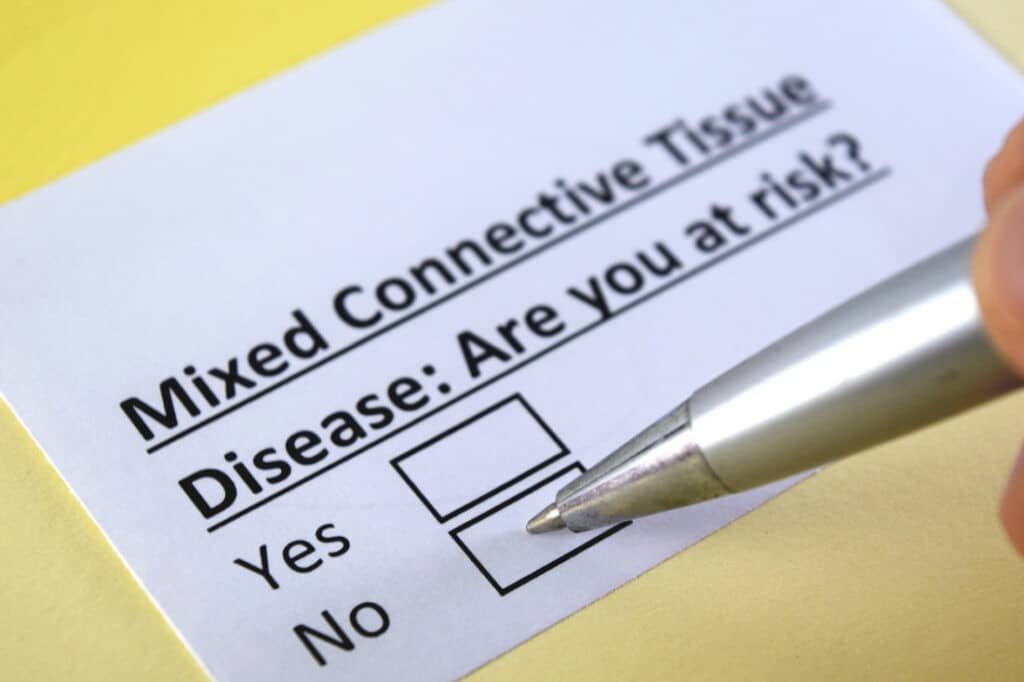
Symptoms
When symptoms of Mixed Connective Tissue Disease initially develop, they may signal that the individual afflicted has any one of numerous rheumatic disorders.
However, when a person has mixed connective tissue illness, the symptoms are not as severe or as extensive as if the individual had lupus, scleroderma, rheumatoid arthritis, or other rheumatic conditions.
In addition to these, there are numerous more symptoms, including:
- Multiple joints hurting. This is a common symptom in almost all people with mixed connective tissue disease. Rheumatoid arthritis, which causes swollen, malformed joints, affects 3 out of 4 people with the disease.
- Raynaud’s syndrome. This symptom may show up years before any other does.
- Skin changes. Lupus-like symptoms, such as red knuckles, purple eyelids, hair loss all over the body, and abnormal dilatation of capillaries in the hands and face that might develop into a tumor, are all examples of this.
- Hands that are swollen. This is by far the most prevalent sign. The fingers become to resemble sausages over time.
- Weakness in the muscles. There may also be some tenderness involved.
- Having trouble swallowing and digesting meals
- Nerves in the face and head become paralyzed.
- Ailments of the lungs. Most persons with mixed connective tissue disease (MCTD) suffer from lung damage. Pneumonitis, emphysema, and pulmonary hypertension are possible signs of inflammation of the lungs and the chest cavity lining.
- Kidney disease. “This is a rare symptom that affects just one in every ten people. It may, however, become life-threatening in certain situations.
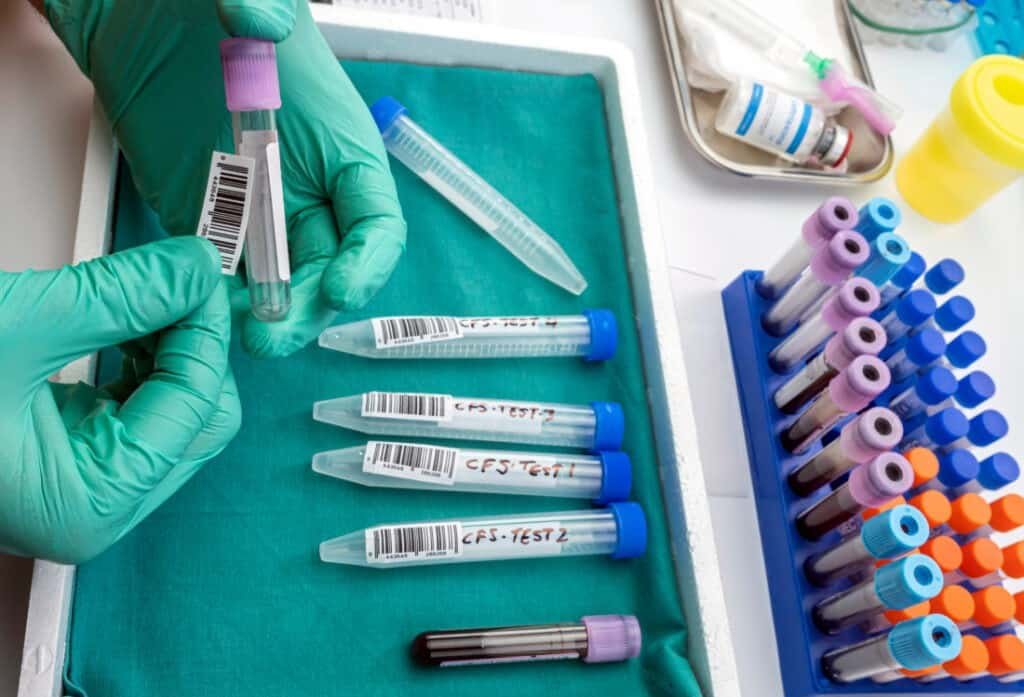
Causes and Risks
There is no known etiology for this illness. Scleroderma or lupus may occur in certain people.
On the other hand, MCTD may constitute a distinct pathology in and of itself, depending on many criteria.
These include specific antibodies, problems in the system that governs the body’s immunological response, and recurrent pulmonary hypertension, all of which are common in rheumatoid arthritis and other autoimmune diseases.
Suppose a patient looks to have lupus, scleroderma, vasculitis, polymyositis, Sjögren’s syndrome, lymphoma, or viral pericarditis.
In that case, a rheumatologist may suspect mixed connective tissue disease.
The following are examples of tests that your doctor could prescribe:
Testing for antibodies or rheumatoid factors in the blood, for example.
- Electromyogram. The electrical activity of the muscles is used to create this sort of picture. It is a valuable tool for assessing the brain and muscles’ efficient exchange of information.
- Biopsies of muscles. The initial step in this method is to get a sample of muscle tissue to analyze under a microscope. Damage to muscle fibers may be seen in people with mixed connective tissue disease (MCTD).

Complications
Complications from mixed connective tissue disease might be life-threatening in some instances.
Problems include, but aren’t limited to:
- Pulmonary hypertension, a leading cause of mortality for mixed connective tissue disease, is this disorder.
- Interstitial lung disease, also known as lung disease. As a result of this set of illnesses, scarring may occur in your lungs, making it difficult for you to breathe correctly.
- Heart problems. Inflammation or enlargement of the heart may develop in or around certain areas. Heart failure may happen.
- Kidney disease. Some persons with mixed connective tissue disease have renal difficulties, which are generally minor but may progress to kidney failure in around a quarter of those people.
- Damage to the digestive tract. The gastrointestinal system is often affected by mixed connective tissue disease. You may have discomfort in your abdomen and difficulty swallowing and digesting meals due to GERD.
- Anemia. Iron deficiency anemia affects around 75% of persons with mixed connective tissue disorder.
- Tissue death. Finger gangrene may occur in people with severe Raynaud’s illness.
- Hearing impairment. In a short study, almost half of the individuals with mixed connective tissue disease had hearing loss.
- There is an injury to the nerves. The facial nerve, which conveys sensation from the face to the brain, may be affected by Sjogren disease (trigeminal nerve). Putting on make-up or cleaning your teeth might set off an excruciating burst of agony if you suffer from trigeminal neuralgia.
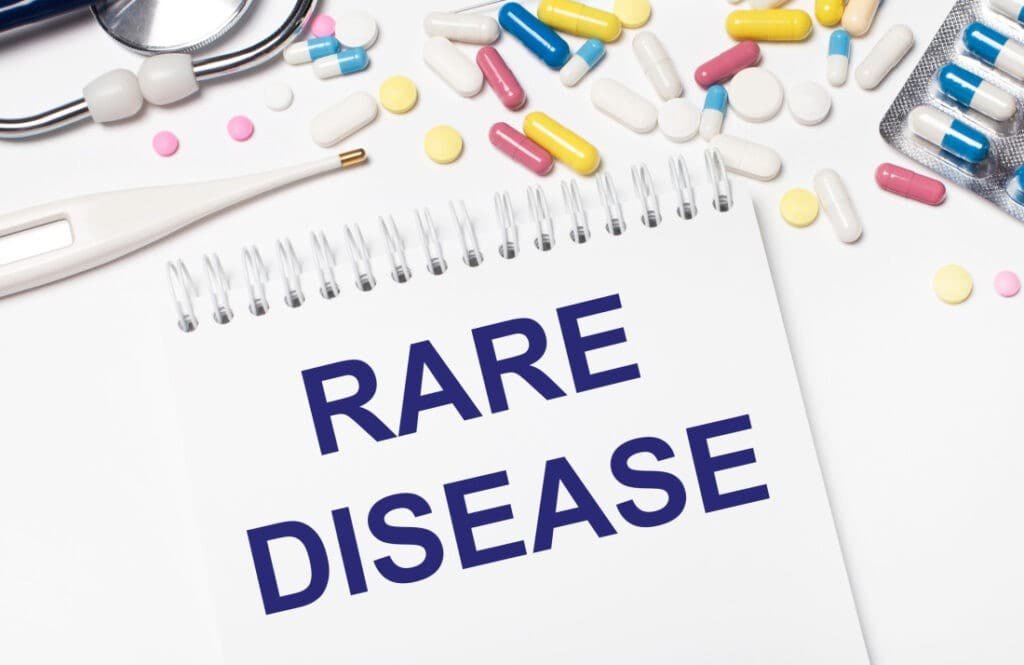
How rare is MCTD?
The disease is rare, with 80% of those who suffer from it being women.
It occurs at all ages and can often be diagnosed by history along with physical examination findings that overlap with other types of connective tissue diseases like rheumatoid arthritis or lupus.
What is the treatment for MCTD (mixed connective tissue disease)?
MCTD treatment must be adjusted to each patient based on the organs affected and how serious the illness is.
Some people may only need therapy when symptoms flare up, while others require it more permanently.
In terms of therapy, it’s essential to keep in mind:
- Antihypertensive drugs are required for the most prevalent cause of mortality in patients with MCTD, pulmonary hypertension.
- To relieve inflammation in people with moderate MCTD, modest dosages of nonsteroidal anti-inflammatory medications, antimalarials, or low-dose corticosteroids may be all that is necessary.
- It is common for doctors to prescribe higher doses of corticosteroids to treat moderate to severe MCTD symptoms. The patient may need immunosuppressants if the disease spreads to critical organs (to suppress the immune system).
- In addition to heart disease, people with MCTD are at risk of acquiring conditions such as hypertrophy of the heart or pericarditis (inflammation around the heart). Patients may need regular electrocardiograms to keep tabs on their heart’s health.

Does exercise help connective tissue disease?
Living with MCTD is often difficult. But you can live better if we help your body work more effectively and efficiently!
Exercise has been shown to have many benefits for people living in chronic pain, including reducing fatigue levels and increasing activity of key neurotransmitters like norepinephrine or dopamine, all of which will make them feel happier on top of being healthier too!.
Mixed Connective Tissue Disease Diet
You can reduce inflammation and balance gut bacteria by following a healthy diet. Fruits, vegetables fiber-rich foods like flaxseed oil or prebiotics may be most helpful for you in this endeavor!
What vitamins are good for connective tissue disease?
Vitamin C can be a great help in connective tissue repair as it helps the body produce its own collagen.
In addition, vitamin c is required for changing amino acid proline into hydroxyproline (a form that makes up much of this protein) and lysine into hydroxylysine, both important steps towards healing!

What does a MCTD flare feel like?
Flare-ups are common with MCTD, but they vary in severity. Some people experience pain and fever while others have minor skin rashes or extreme fatigue as their only symptoms; it all depends on which autoimmune condition you more closely resemble!
Many people experience common symptoms like joint pain or inflammation, Raynaud’s phenomenon (a condition where your hands turn white when exposed to cold temperatures), rashes in sun-exposed areas of skin, and hair loss.
Some additional signs are swelling of the hand/foot towards its affected area and fatigue.
You may experience some degree of MCTD symptoms daily, but a flare is an exacerbation worse than what you experience in your day-to-day life.
How does MCTD affect the brain?
The majority of patients with MCTD are asymptomatic and do not have any signs or symptoms.
However, 10-17% experience neuropsychiatric dysfunctions such as headache, trigeminal nerve transverse axis (tin E) which can cause facial pain.
Aseptic meningitis where there is bacterial penetration into the bloodstream causes seeping inflammation that results in brain irritation.
Peripheral Neuropathy may affect different parts like hands & feet but does so without swelling up.

Mixed Connective Tissue Disease Criteria
This condition is diagnosed based on detailed patient history, identification of characteristic findings, and specialized tests such as blood samples that reveal abnormally high levels of anti-RNP antibodies.
Mixed Connective Tissue Disease vs Lupus
Mixed connective tissue disease is a chronic disorder that has overlapping features of two or more systemic rheumatic disorders.
Unlike lupus erythematosus and sclerosis, Mixed CTTD’s severity can vary greatly from patient to patient depending on their individual response to the illness, but it still remains milder than many other diseases in this category!
Pediatric MCTD
Pediatric MCTD, occurs in children under the age of 16 and is three times more frequent for girls than boys.
Pediatric mixed connective tissue disease (MCTD) is an uncommon, rare condition that can cause arthritis and other symptoms of scleroderma or dermatomyositis in children.
Laboratory tests will show the presence of specific antibodies against nuclear proteins such as RNP
Can Mixed Connective Tissue Disease Be Cured?
Mixed connective tissue disease is incurable, but there are treatments that can help with the symptoms.
It’s important for patients to know their options so they make an informed decision about what course of action would be best suited for them!

Bottomline
After being diagnosed with MCTD, you’re likely to feel down, disheartened, or even angry. This feeling is entirely normal.
A diagnosis is a significant event in one’s life, so it is essential to know mixed connective tissue disease is- symptoms and causes.
It may be pretty unpleasant to have symptoms like joint pain, swelling, or weariness restricting your regular activities.
You may worry about whether or not your treatment plans will be effective or create adverse effects.
It’s understandable if you’re worried about recurrences. There is nothing wrong with this feeling; it is very typical.
Talking to loved ones, close friends, and health care providers may be a helpful way to deal with these emotions.



